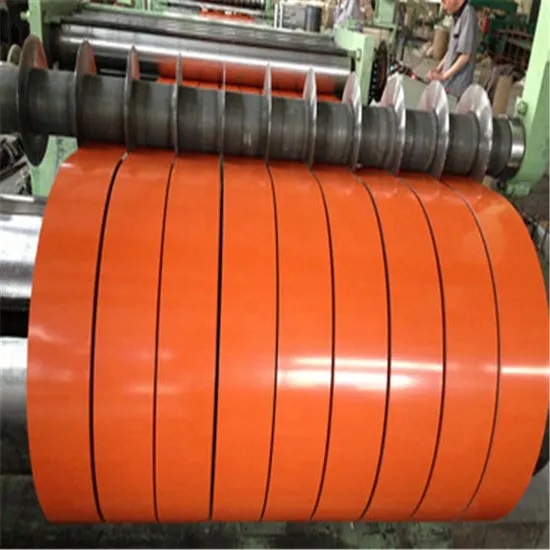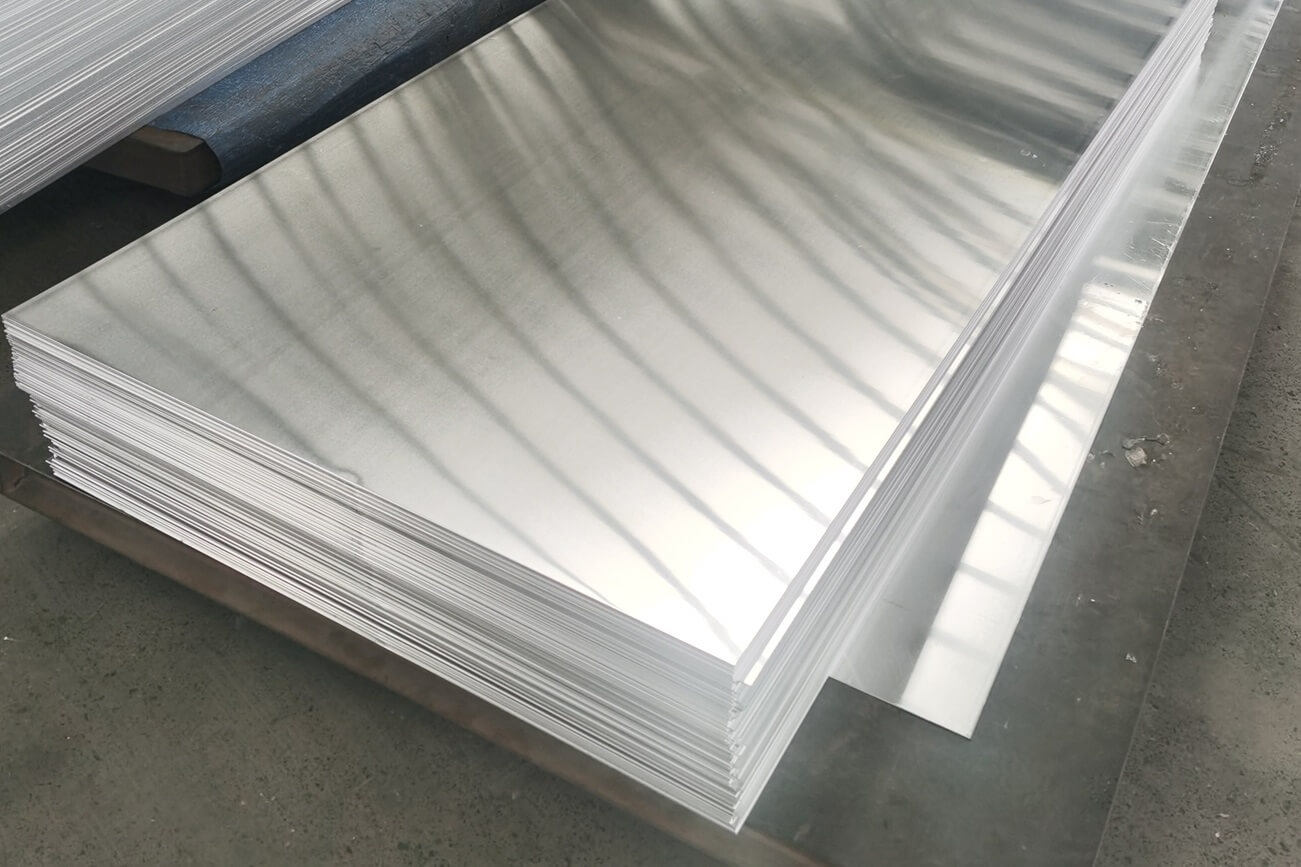The steel industry is experiencing various challenges and opportunities amid the global uncertainty caused by the COVID-19 pandemic, geopolitical tensions, environmental regulations, and changing consumer preferences.
According to a recent report by S&P Global Commodity Insights, the global steel market is expected to see a recovery in demand and production in 2023, after a sharp contraction in 2022 due to the impact of the pandemic on various end-use sectors such as automotive, construction, and machinery.
The report also forecasts that the global steel prices will remain high in 2023, supported by strong demand, tight supply, and rising raw material costs. However, the report also warns that the steel industry faces several risks such as trade disputes, environmental pressures, overcapacity, and technological disruption.
The report also analyzes the regional trends and developments in the steel industry, highlighting the differences and similarities among the major markets such as China, Europe, North America, India, and Southeast Asia.
One of the key trends in the steel industry is the increasing focus on sustainability and decarbonization. The steel industry is one of the largest emitters of greenhouse gases and consumes a large amount of energy and resources. Therefore, the industry is under pressure from governments, customers, investors, and society to reduce its environmental footprint and adopt cleaner and greener technologies.
Some of the initiatives that the steel industry is taking to achieve this goal include increasing the use of scrap metal and renewable energy sources, developing low-carbon steelmaking processes such as hydrogen-based direct reduced iron (DRI), and investing in carbon capture and storage (CCS) technologies.
Another trend in the steel industry is the innovation and diversification of products and services. The steel industry is facing increasing competition from alternative materials such as aluminum, plastics, and composites that offer lighter weight, higher strength, and better performance. Therefore, the steel industry is striving to offer innovative and customized solutions that meet the diverse needs of various industries and applications.
Some of the examples of these solutions include advanced high-strength steels (AHSS) for automotive applications, corrosion-resistant steels for construction applications, electrical steels for energy applications, and specialty steels for aerospace applications.
The steel industry is undergoing a dynamic transformation as it adapts to the changing market conditions and customer expectations. The industry players are striving to offer competitive and sustainable solutions that create value for their stakeholders. The future of the industry depends on how well it can overcome its challenges and seize its opportunities in the global market.










